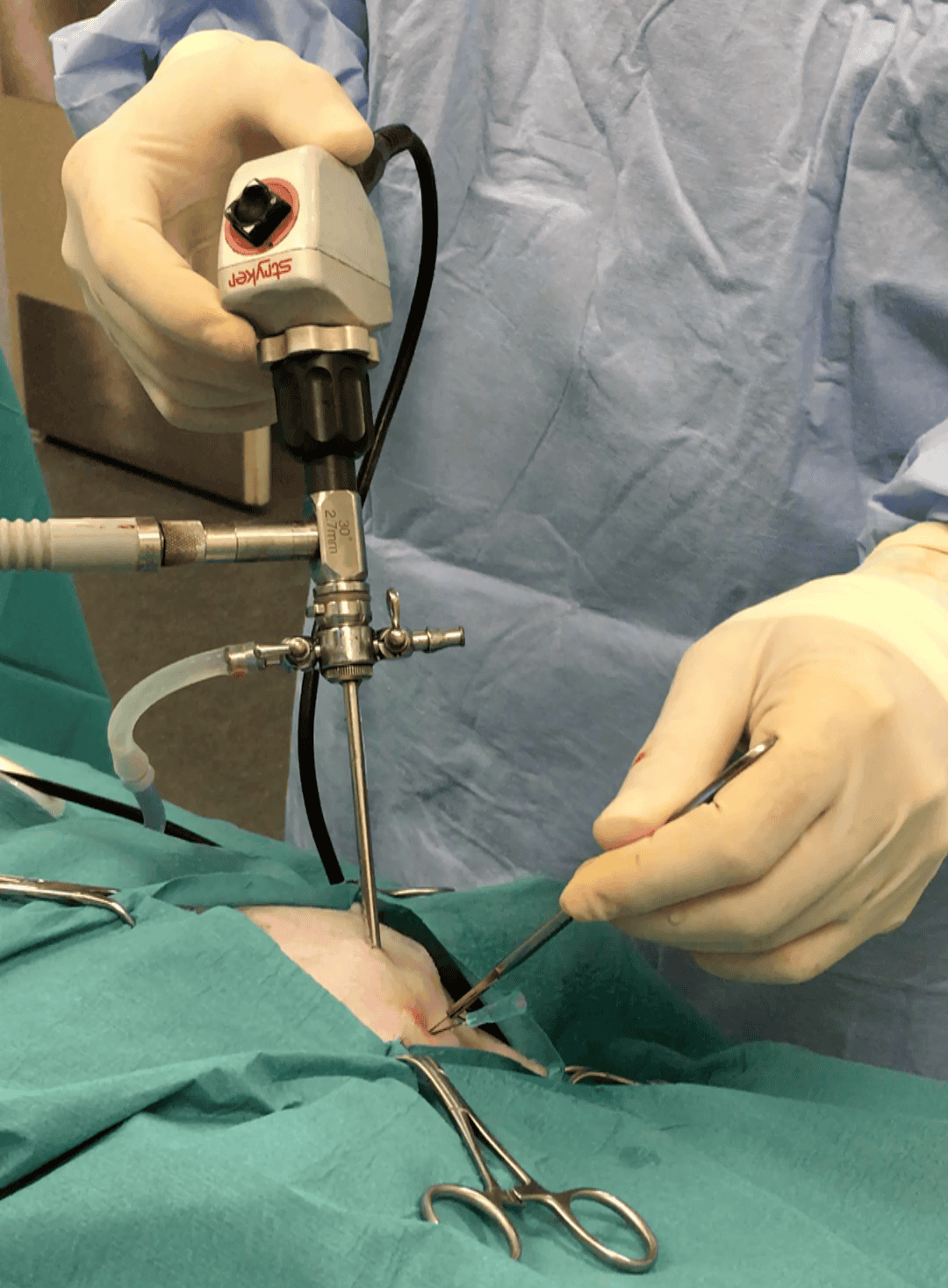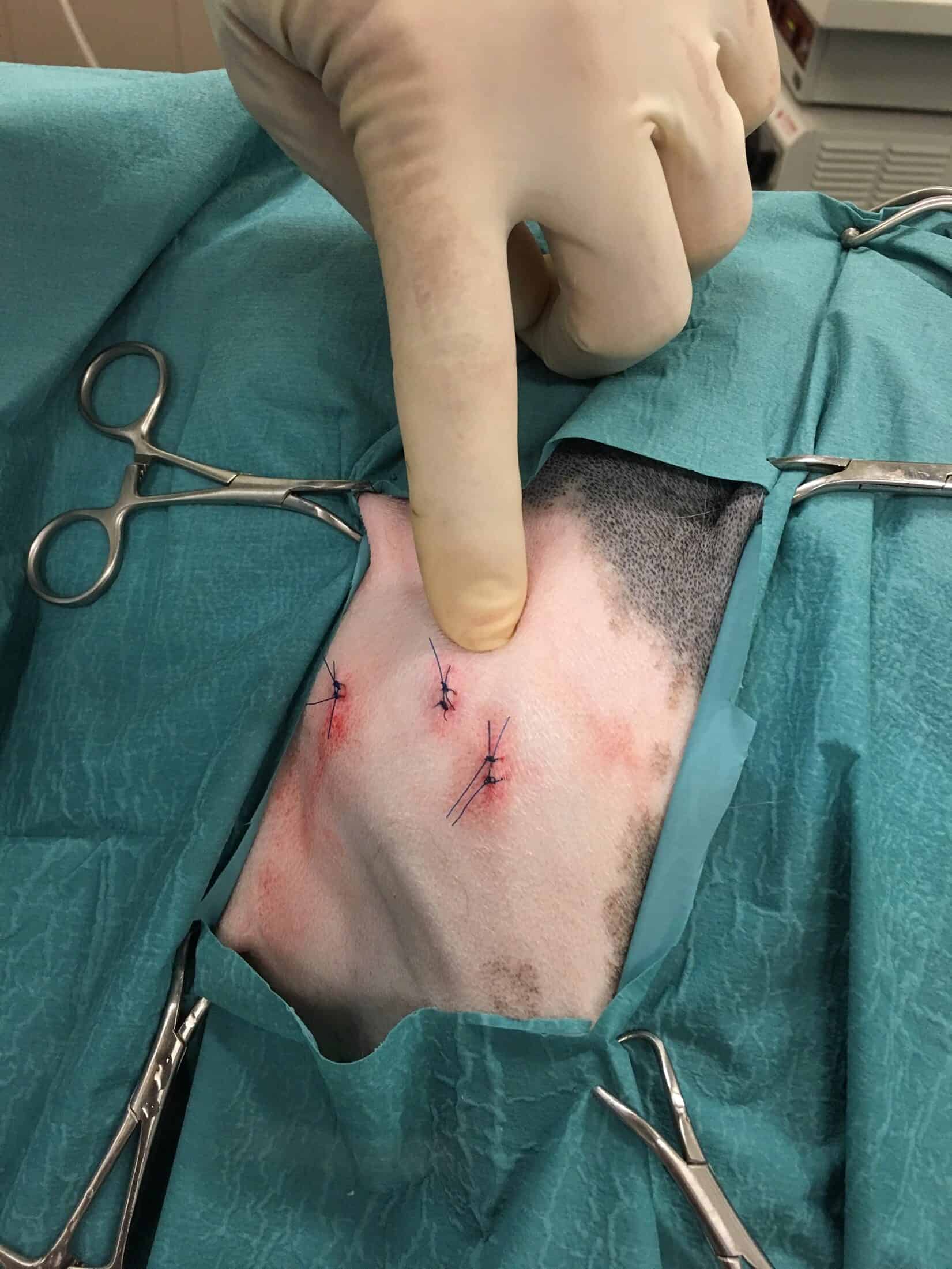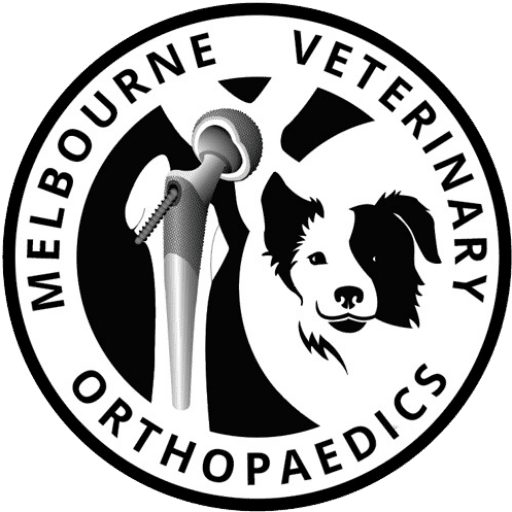Arthroscopy / keyhole

Arthroscopy
Arthroscopy involves using a small, specialized camera called an arthroscope, which is inserted into the joint through a tiny incision. This allows the veterinarian to view the interior of the joint on a monitor, helping diagnose issues such as:
- Ligament injuries (e.g., cranial cruciate ligament tears)
- Cartilage damage
- Joint infections
- Foreign bodies
Once the issue is identified, the vet can often perform surgical procedures using other small instruments inserted through additional small incisions. This minimally invasive approach typically leads to less pain and faster recovery compared to traditional open surgery.

Keyhole surgery
Keyhole surgery is a broader term that refers to various minimally invasive surgical techniques where only small incisions are made. In addition to arthroscopy, keyhole surgery can include procedures for:
- Abdominal surgery: Such as removing tumours or repairing internal organs.
- Thoracic surgery: For issues in the chest cavity.
- Urological procedures: Like treating urinary stones.
Benefits of these minimally invasive techniques include:
- Reduced pain and swelling: Smaller incisions generally cause less trauma to the tissues.
- Faster recovery times: Animals can often go back to their normal activities sooner.
- Less scarring: The small incisions usually result in minimal scarring.
Overall, these advanced techniques can significantly improve the quality of life for animals, allowing for quicker and less painful treatment of various conditions.
